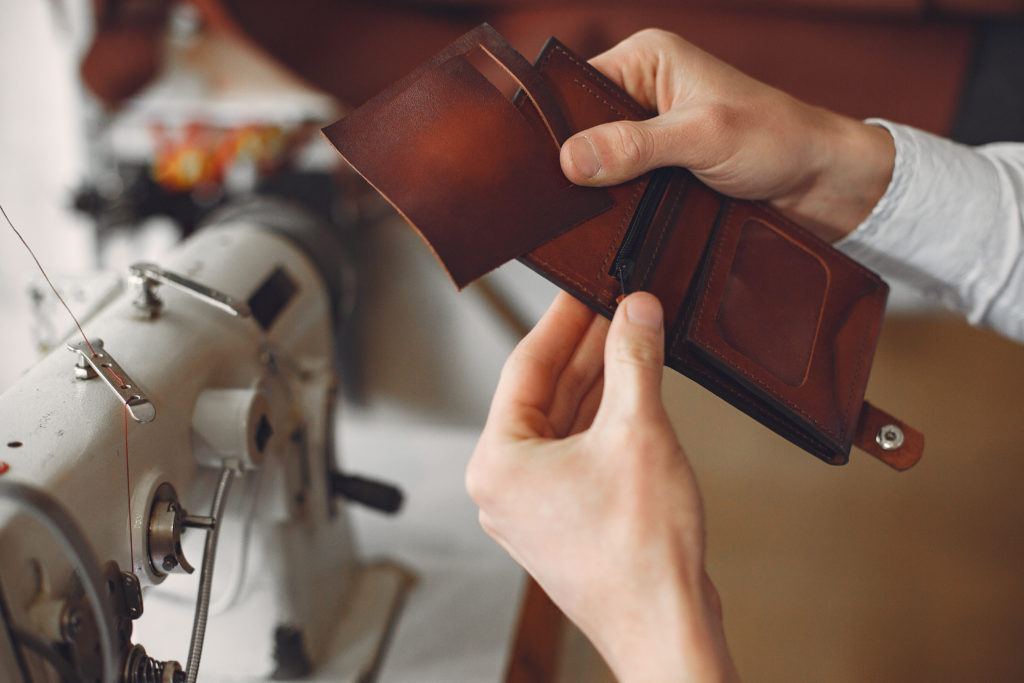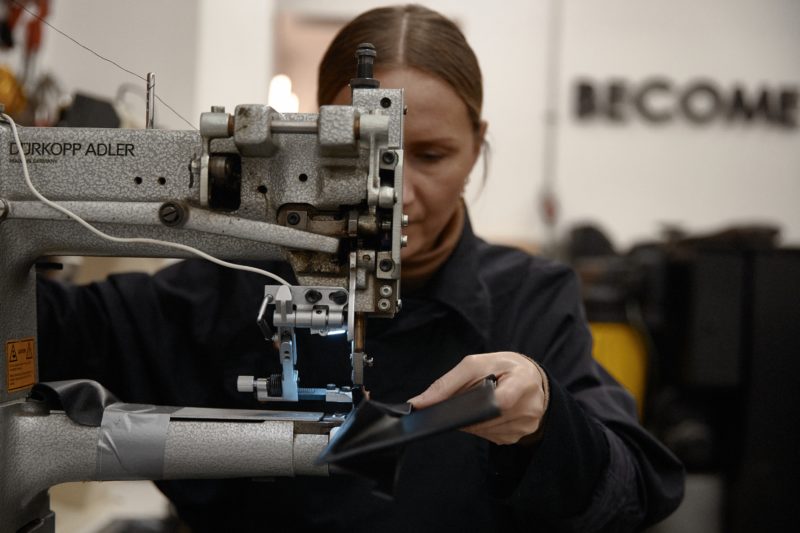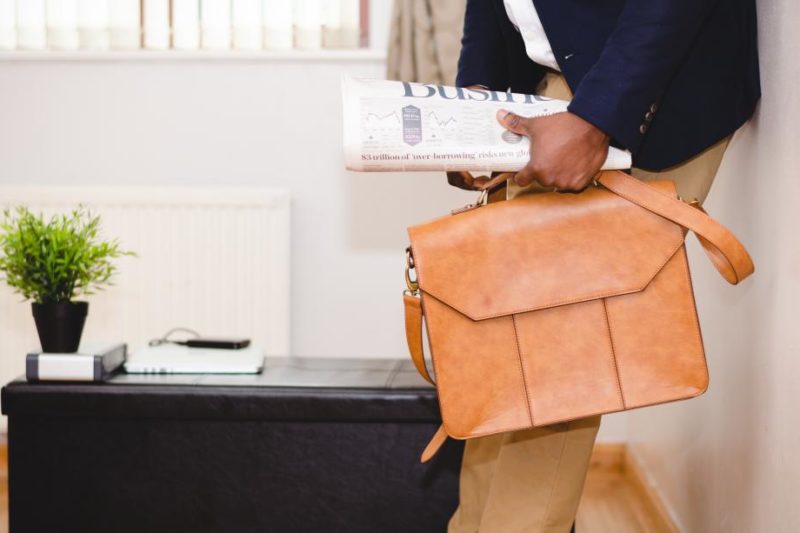Leather is one of the most primitive materials that humans have used, be it in the manufacture of protective clothing or the shelter’s roof. The high demand has meant that leather has become one of the most replicated materials out there in the fashion niche over the years.
Right from its very discovery, leather as a fabric has become nothing but more dynamic and differentiated.
Speaking of today’s time, one can find a wide variety of leathers such as full-grain leather, top-grain leather, and so forth. However, the term ‘genuine leather’ is something that confuses a lot of leathercrafting enthusiasts. It’s also under this premise that a lot of manufacturers sell defective leather products to their customers.
In this article, we take you through this video as it goes over the nuances involved in identifying genuine leather. And how you can distinguish between the varying grades of leather with the proper knowledge. Plus how you can avoid buying bad genuine leather. So without further ado, let’s get to it.
What is Genuine Leather?
What is genuine leather even made of? Is genuine leather real leather? We get these questions way too often.
Most people, including leather enthusiasts and hobbyists, believe that the term “genuine leather” refers to the originality of the base leather. To a certain extent, this typology is correct. Indeed genuine leather products are carved out of natural animal hide based leather. But the term indicates more about the grade of leather than anything else.
Contrary to popular opinion, genuine leather is not a super-smooth and slick-finished leather fabric. It’s characteristic of many grains on its exterior that add to genuine leather’s rough exterior.
Here are five tips you must consider when you walk into a leather store to buy a ‘genuine leather’ material.
Price Of The Leather
When you ask for the price of the leather product you’re going to buy, you often go in with a preconceived notion- with high prices comes better quality. But is that always true?
Say that you’re buying a leather belt priced at $55. If the product has grains and doesn’t look flawless, chances are that you’re purchasing a genuine leather product. On the contrary, if the leather belt is priced at $100 and is flawless, chances are that this is a counterfeit product.
Inquire More About The Leather Product
The more questions you ask, the more information you’ve about the base material’s source and whether it’s made of genuine leather. Questions like inquiring about the price, the source of the base leather, the durability of the product and whether the composition is more fibrous or more split will help you gauge the product better.
Checkout The Leather
Make sure to take the leather product in your hands and examine it for yourself. If you find natural grains and markings on a highly-priced leather product without any visible intention to hide the blemishes, chances are that it’s a genuine leather product. A bad genuine leather product will have all the opposite characteristics.

Understanding Leather Terms
There are various terms related to the manufacture of a leather product that you should be aware of. You should know the answer to questions like what is bonded leather and what is worn leather? Is Cordovan a grade of leather and so forth? A well-read person will always have a better shot at claiming high-quality leather products over a person alien to this leathercrafting jargon.
Support Local Leather Makers And Manufacturers
This is perhaps the most important tip we can give you. Instead of approaching big leather outlets that source their base leather from overseas, consider going to your local leather store. These manufacturers source their leather from indigenous tanneries, which is why you can place your trust in them. Additionally, you can freely ask these manufacturers questions about their products. This wouldn’t have been the case if you walked into a large international leather store outlet.
Therefore…
To provide you with a quick recap, here’s something you must keep in mind. In the leather industry, the terms ‘split’ and ‘genuine’ are often used interchangeably. Additionally, genuine leather is jargon that’s commonly used to define every grade of leather quality. Thus, this jargon often becomes confusing for a consumer who does not know leather products.
At CreateLab, we provide you with answers to all your leathercrafting questions that you may have about the price, material, tannery or any other specification. Keep in mind to ask the manufacturer questions about the source of the base leather material. Plus how the product was crafted. For more such informative articles, stay tuned to our newsletter.



